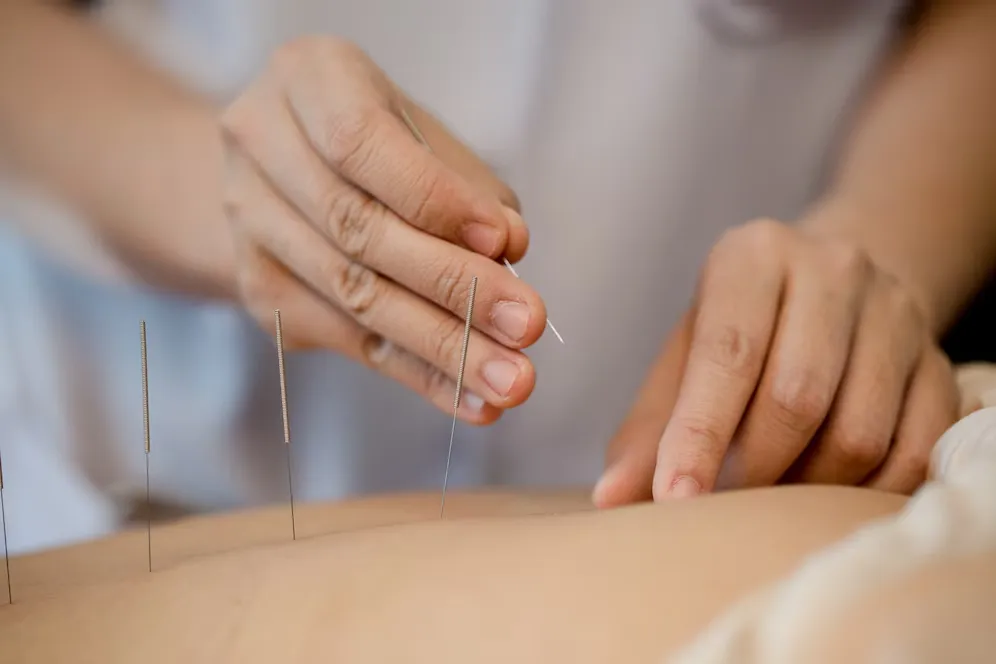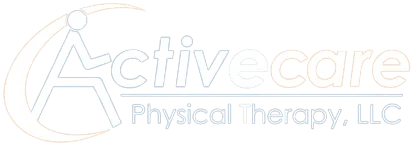Activecare Physical Therapy
Dry Needling in Erie

Dry Needling in Erie – Powerful, Targeted Relief for Chronic Pain
Tired of living with chronic muscle tightness, nagging pain, or mobility issues that just won’t go away? If past treatments have failed, dry needling at Activecare Physical Therapy in Erie could be the breakthrough you need. This advanced therapy eliminates stubborn muscle knots, resets pain pathways, and accelerates healing—getting you back to pain-free movement faster.
Why Dry Needling Works When Other Treatments Don’t
Most pain treatments only mask symptoms—they don’t fix the problem. Dry needling directly targets the root cause by:
- Releasing deep muscle knots & trigger points that cause chronic pain.
- Restoring normal muscle function by correcting imbalances.
- Improving circulation & reducing inflammation for faster healing.
- Resetting pain signals so your body stops overreacting to discomfort.
At Activecare Physical Therapy in Erie, we combine dry needling with hands-on therapy and corrective exercises to ensure long-lasting results.
Custom Dry Needling Treatments in Erie
At Activecare Physical Therapy, we offer private, expert-led dry needling sessions in a calm and professional setting. Using advanced tools like ultrasound imaging, we precisely pinpoint problem areas to create a treatment plan that is tailored to your unique condition.
We use precise, evidence-based techniques to target your specific needs, adopting a comfort-first approach to ensure a positive and effective experience. Our focus is on creating treatment plans designed for lasting relief, not just temporary fixes, to support your long-term recovery.
Is Dry Needling in Erie Right for You?
Dry needling is highly effective for a wide range of pain and mobility issues, including:
- Chronic muscle tightness & trigger points
- Migraines, tension headaches & TMJ dysfunction
- Neck pain, whiplash & sciatic nerve pain
- Disc bulges, herniations & post-surgical scar tissue
- Plantar fasciitis, tendon injuries & repetitive strain pain
Whether you’re recovering from an injury, surgery, or years of chronic discomfort, dry needling can help you move better, feel stronger, and live pain-free.
Why Choose Activecare Physical Therapy for Dry Needling?
At Activecare Physical Therapy, we take a results-driven approach to pain relief and mobility restoration. Our specialists have advanced training in dry needling and years of experience treating complex pain conditions.
- Targeted Pain Relief – Stops muscle spasms and pain at the source.
- Improved Mobility – Frees up scar tissue and adhesions for easier movement.
- Faster Recovery – Boosts circulation for better healing and reduced inflammation.
- Corrects Muscle Firing Patterns – Rebalances how your muscles work together for better function.
- Restores Daily Function – So you can get back to the activities you love.
FAQs About Dry Needling
What’s the difference between dry needling and acupuncture?
Acupuncture is based on traditional Chinese medicine and focuses on energy flow. Dry needling is backed by modern anatomy and neuroscience, targeting muscle pain and dysfunction for faster, measurable relief.
Does dry needling hurt?
Most patients feel a brief muscle twitch or mild soreness, similar to post-workout fatigue. Any discomfort typically resolves within 24 hours. Our specialists adjust techniques to ensure your comfort.
How many sessions will I need?
Relief can often be felt after the first session, but a full treatment plan depends on your condition. We create a customized plan to achieve long-term results.
Why should I try dry needling?
If stretching, medication, or traditional therapy hasn’t worked, dry needling could be the missing piece to your recovery. It targets pain at the source for long-lasting relief.
Get the Lasting Pain Relief You Deserve
Enough with short-term fixes. If pain is controlling your life, it’s time to take action. At Activecare Physical Therapy, we help people just like you break free from chronic pain and restore full-body function.
Appointments are limited—don’t wait! Call Activecare Physical Therapy in Erie today to schedule your personalized dry needling consultation and take the first step toward a pain-free life.


